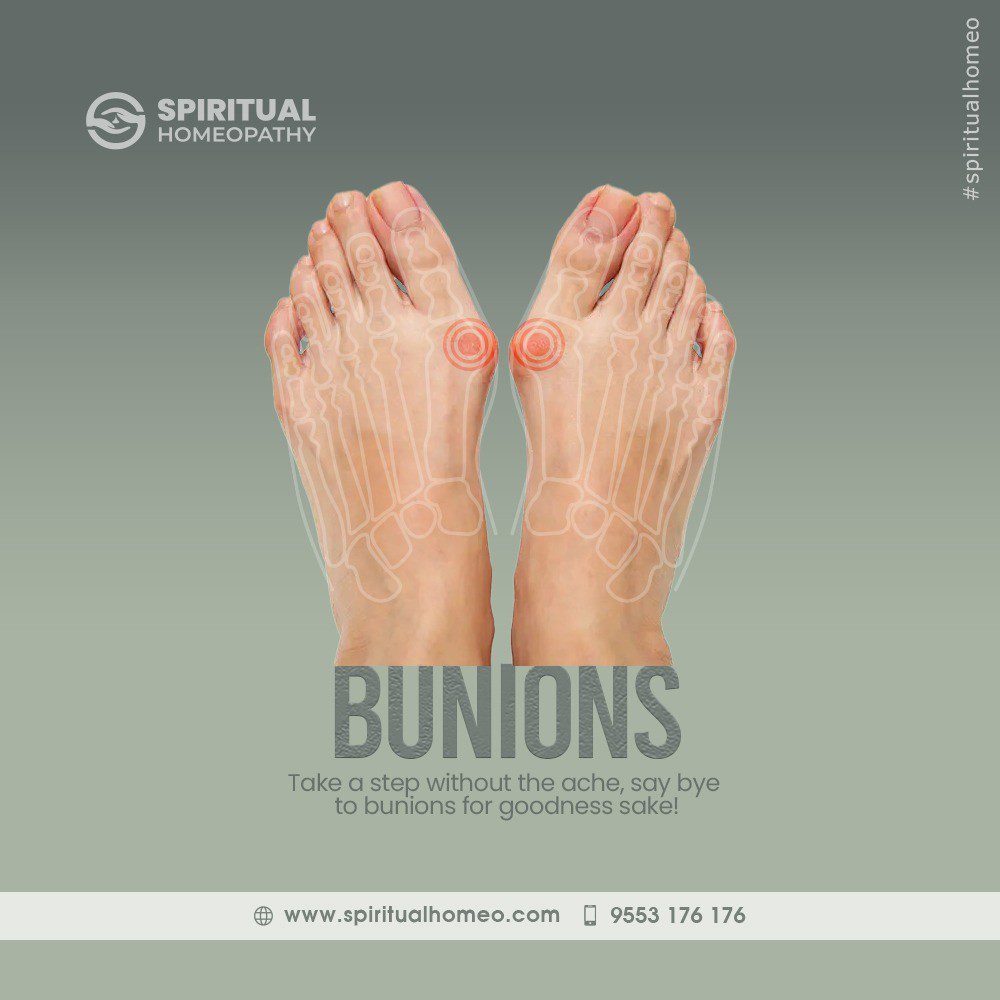Bunions are a common foot deformity that typically affects the joint at the base of the big toe. They can be painful and cause discomfort, as well as affect the appearance of the foot. Here are some key points about bunions:
-
A bunion is a bony bump that forms at the joint where the big toe meets the foot. This bump is often accompanied by the deviation of the big toe towards the other toes.
-
Causes: Bunions are primarily caused by an imbalance in the forces that exert pressure on the joint at the base of the big toe. This imbalance can be due to various factors, including genetics, wearing tight or ill-fitting shoes, high heels, and certain medical conditions like arthritis.
-
Symptoms: Common symptoms of bunions include:
- Pain or tenderness at the base of the big toe.
- Swelling and inflammation around the joint.
- Redness and soreness.
- Difficulty in moving the big toe.
- Corns or calluses may develop where the big toe rubs against the adjacent toe.
-
Progression: Bunions tend to worsen over time if left untreated. The big toe may continue to deviate, and the bony bump can become larger and more prominent.
-
Diagnosis: A healthcare provider can typically diagnose bunions through a physical examination and may order X-rays to assess the severity of the deformity.
-
Treatment: Treatment options for bunions depend on their severity and the degree of discomfort they cause. Some common approaches include:
- Changing footwear to shoes with a wider toe box and good arch support.
- Using padding or cushions to alleviate pressure on the bunion.
- Orthotic shoe inserts to help distribute pressure evenly on the foot.
- Physical therapy exercises to strengthen the muscles around the joint.
- Homeopathic medications.
-
Prevention: To prevent bunions or slow their progression, consider the following:
- Choose footwear that is comfortable, provides ample toe room, and has good arch support.
- Avoid high heels and shoes with pointed toes.
- Use protective padding or orthotic inserts if you have a family history of bunions or are prone to developing them.
- Maintain a healthy weight, as excess body weight can exacerbate the condition.
It’s important to consult with a healthcare provider if you suspect you have a bunion or are experiencing foot pain, as early intervention and appropriate treatment can help manage symptoms and prevent further deformity.




